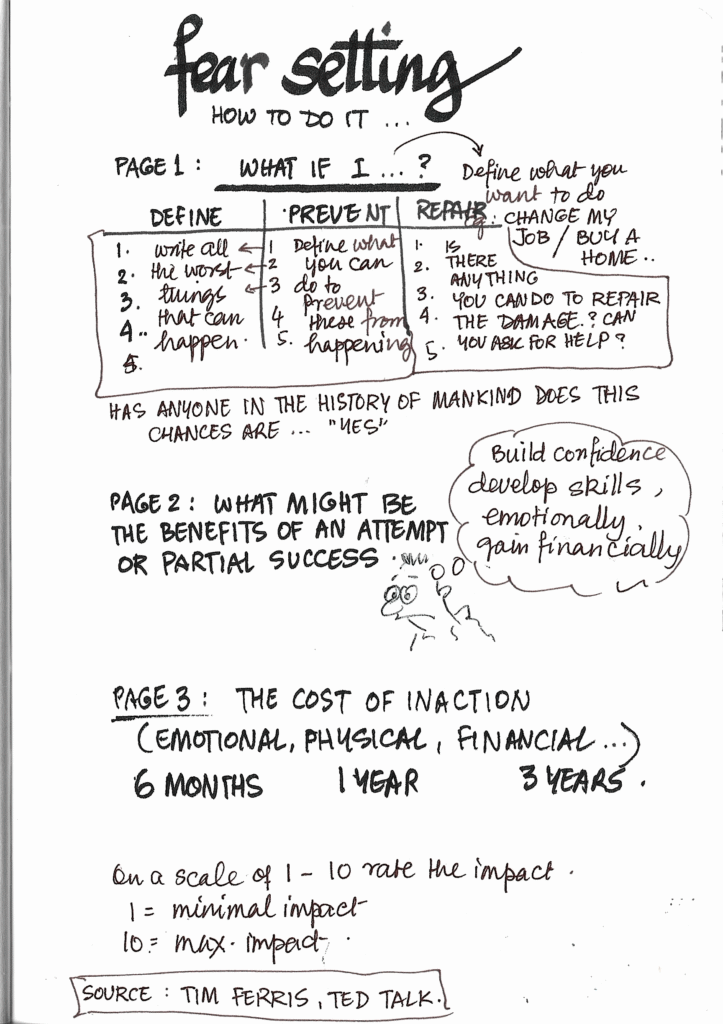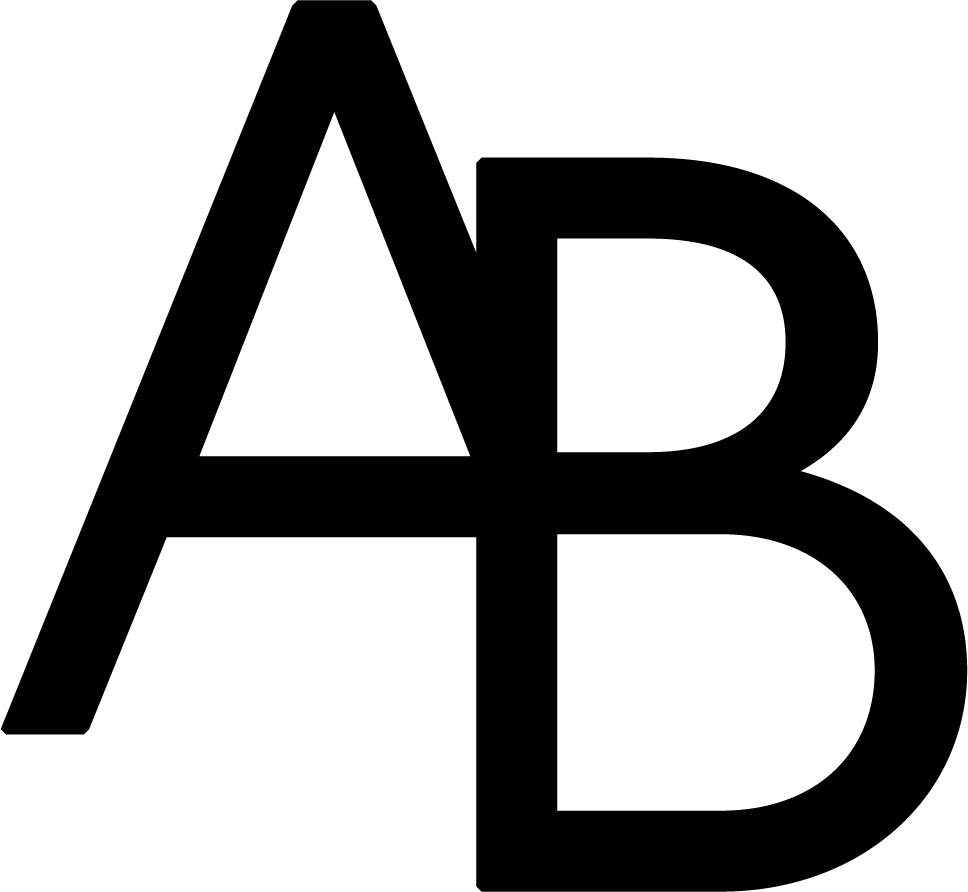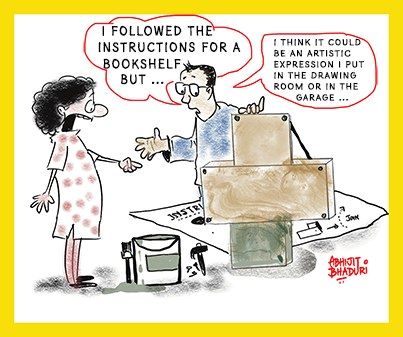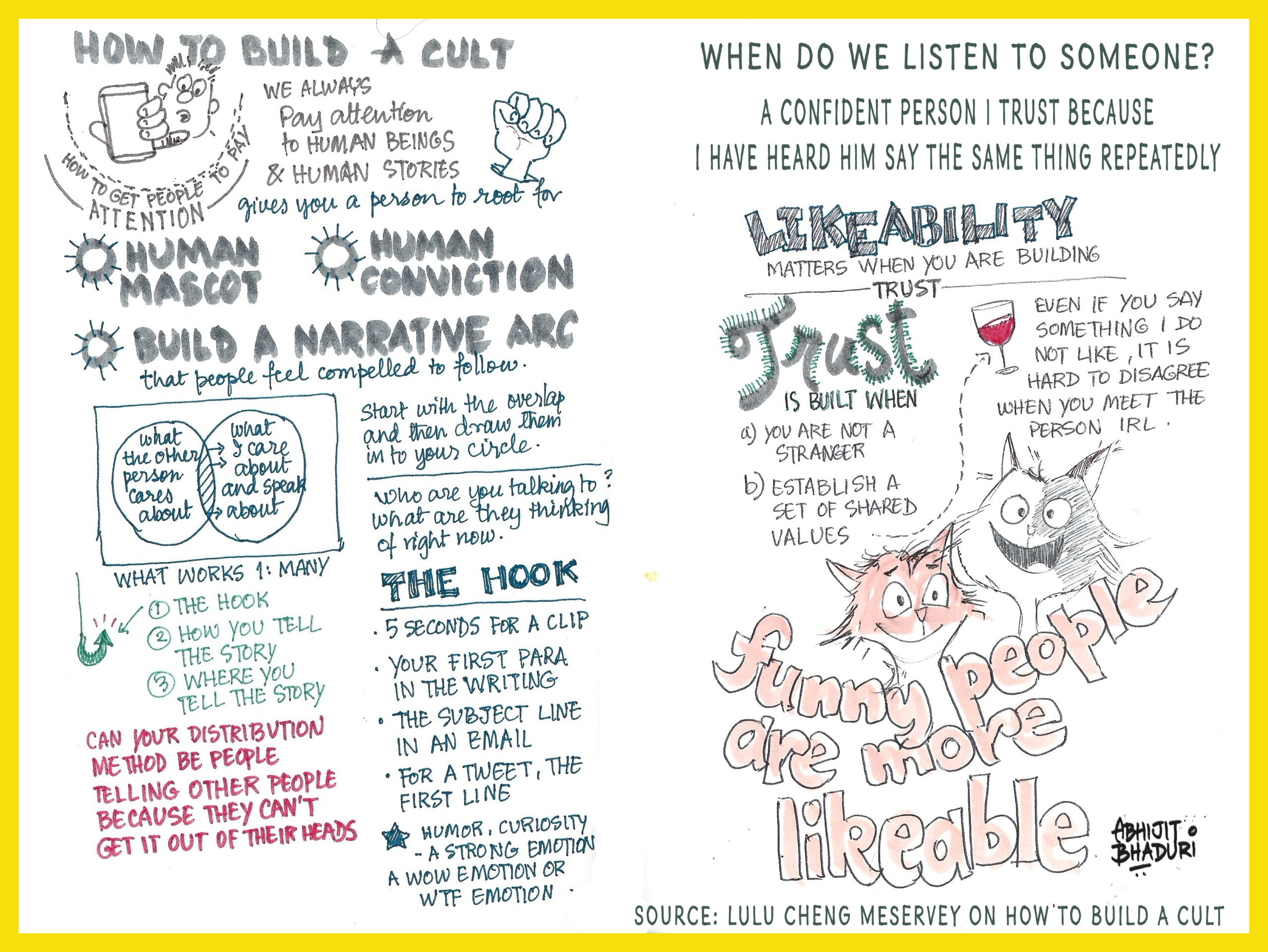Fear isn’t weakness—it’s your hidden superpower. Learn to reframe it and unlock creativity and courage.

Your Fear Is Not a Flaw, It’s a Feature
Imagine you’re walking in a jungle. Suddenly, you hear a rustle and a low growl. What happens next? Your heart pounds, your mind goes into a state of high alert, and your legs get ready to run. This is your body’s ancient, built-in alarm system ringing loudly. As the classic tiger drawing from my book reminds us, our ancestors relied on this ‘fight or flight’ response to stay alive. The brain and body work together, flooding you with hormones to sharpen your vision, speed up your heart, and tense your muscles, all before you even consciously realize the danger. This fear, in its original form, is a perfect, time-tested survival tool. It’s a feature, not a bug.
The Goldilocks Problem: When Fear Gets “Just Right”
Our world has changed, but our brain’s alarm system hasn’t received the memo. Most of us aren’t dodging tigers anymore. Yet, the same alarm bell rings when we have to give a presentation, apply for a new job, or ask for a promotion. Here’s the tricky part: when it comes to fear, there’s a delicate balance. It’s like a car’s warning lights.
Too Little Fear: If the warning lights are broken, we’re in trouble. A person with too little fear might take dangerous risks without a second thought. They might invest their life savings in a shaky venture, drive recklessly, or jump into a new role without any preparation. This can lead to a crash-and-burn scenario because they’re underestimating the real risks involved. Fear keeps us humble, cautious, and alive.
Too Much Fear: On the flip side, what if your car’s dashboard is a disco of flashing lights for no reason at all? That’s what it feels like when you have too much fear. It can be paralyzing. Common fears of failure, public speaking, or rejection can make us slam on the brakes on our careers. Instead of a protective instinct, fear becomes a jailer. It keeps us from trying new things, from speaking our minds, and from reaching for opportunities we deserve. Too much fear can make us so anxious to avoid it that we stop moving forward at all.

The Modern Survival Guide: From Panic to Power
The key isn’t to get rid of fear. That would be impossible and unwise. The goal is to learn how to calibrate it. We need to stop seeing fear as the enemy and start treating it as the raw energy it is. Think of fear as a powerful current: it can electrocute you, or you can channel it to power your home. The choice is yours.
So, how do we become masters of our own emotional energy?
- Acknowledge and Name It: The moment you feel your heart race or your palms sweat, simply say to yourself, “This is fear.” Naming it moves the feeling from the reactive, emotional part of your brain to the logical, thinking part. It’s like shining a spotlight on a shadowy figure—it suddenly seems a lot less scary.
- Change the Channel: Next, try a simple reframe. A speaker I know channels his pre-stage butterflies by telling himself, “I’m not nervous, I’m excited!” The body’s physical reaction to both emotions is almost identical. By choosing a positive label, you convert panic into a rush of energy you can use on stage.
- Start with a Small Step: If public speaking terrifies you, don’t try to address a crowd of thousands right away. Start with something small. Volunteer to lead a 5-minute discussion in a team meeting. Each small victory teaches your brain that a little fear is not a death sentence, but a signal for a challenge you can overcome. As a musician practices a simple scale before playing a complex symphony, you build confidence one small step at a time.
Career Impact and Action Plan
When you learn to work with fear, you unlock a powerful advantage. You stop playing it safe. You begin to see challenges not as threats, but as opportunities to grow. For individuals, this leads to faster career progression and greater personal confidence. For employers, it means creating a psychologically safe culture where team members are encouraged to innovate and take smart risks.
Fear is one of the oldest and most useful tools we have. The modern challenge isn’t to eliminate it, but to find that “just right” balance. The actionable plan is simple: name your fear, reframe its energy, and take small, intentional steps forward.
Fear Setting – Not Goal Setting
Time Ferris suggests instead of Goal Setting, do fear setting.

Books I am reading about Fear
Feel the Fear and Do It Anyway by Susan Jeffers: This is a classic for a reason. Jeffers’s book gives you a very simple and direct framework for understanding fear and then provides a step-by-step guide to move past it. She introduces the idea that everyone, no matter how successful, feels fear, and that it’s okay to feel it—the key is to take action regardless.
I have liked this book the best. The book’s structure is built on a few key concepts that, together, create a system for managing fear. I am paranoid about the fear of failure.
First, it breaks down fear into three levels. The first level is the specific “story” of what you’re afraid of (e.g., losing a job). The second level is the ego-related fear underneath that story (e.g., fear of failure or rejection). The third and most important level is the root of all fears: the belief that “I can’t handle it.” By understanding this, the book argues, you realize the problem isn’t the external situation but your own lack of self-trust.
Second, the book introduces the “no-lose” model for decisions. It challenges the idea of “right” and “wrong” choices. In this model, every choice is a win-win opportunity because even if the outcome isn’t what you expected, you will still learn and grow from the experience.
Third, it states “Truth 1”: the fear will never go away as long as you continue to grow. This is a powerful reframe, suggesting that fear is a natural companion on the journey of progress, not a sign that you should stop.
Daring Greatly by Brené Brown: Brené Brown is a renowned researcher on vulnerability and courage. This book helps you see how fear, shame, and vulnerability are all connected. She argues that leaning into your vulnerability and being courageous enough to be imperfect is what truly allows you to live, love, and lead. It’s less about eliminating fear and more about having the courage to show up and be seen, even when you’re scared. <check out her videos here>
The Gift of Fear by Gavin de Becker: This book takes a different approach. De Becker, a security expert, argues that fear is a highly useful signal for danger and that we should listen to it. He explains how our natural intuition is a powerful warning system that can protect us from violence and other threats. This book helps you distinguish between rational fear (the “gift”) and irrational anxiety, teaching you to trust your gut instincts.
Tell me about a fear you have overcome. That will inspire me.



